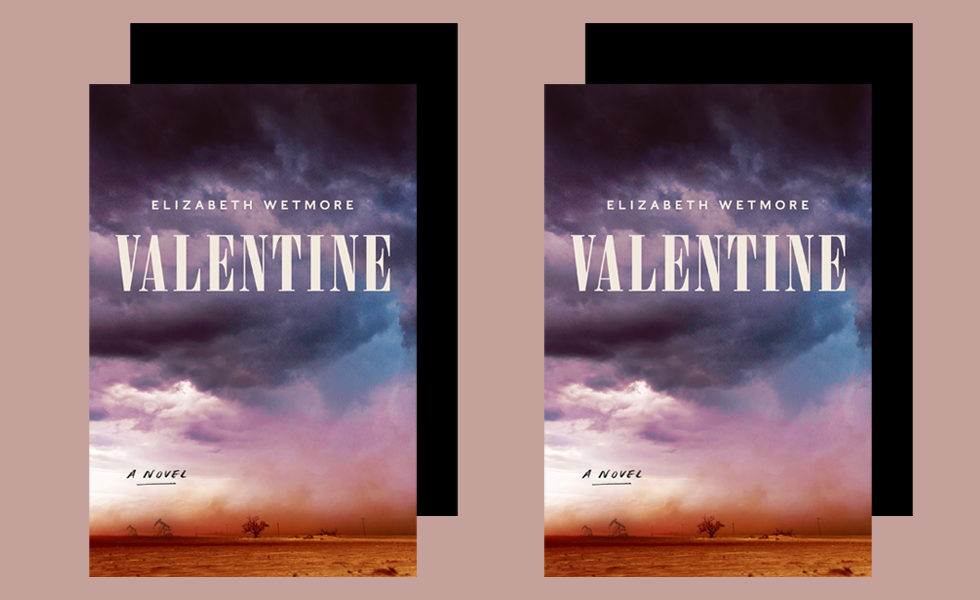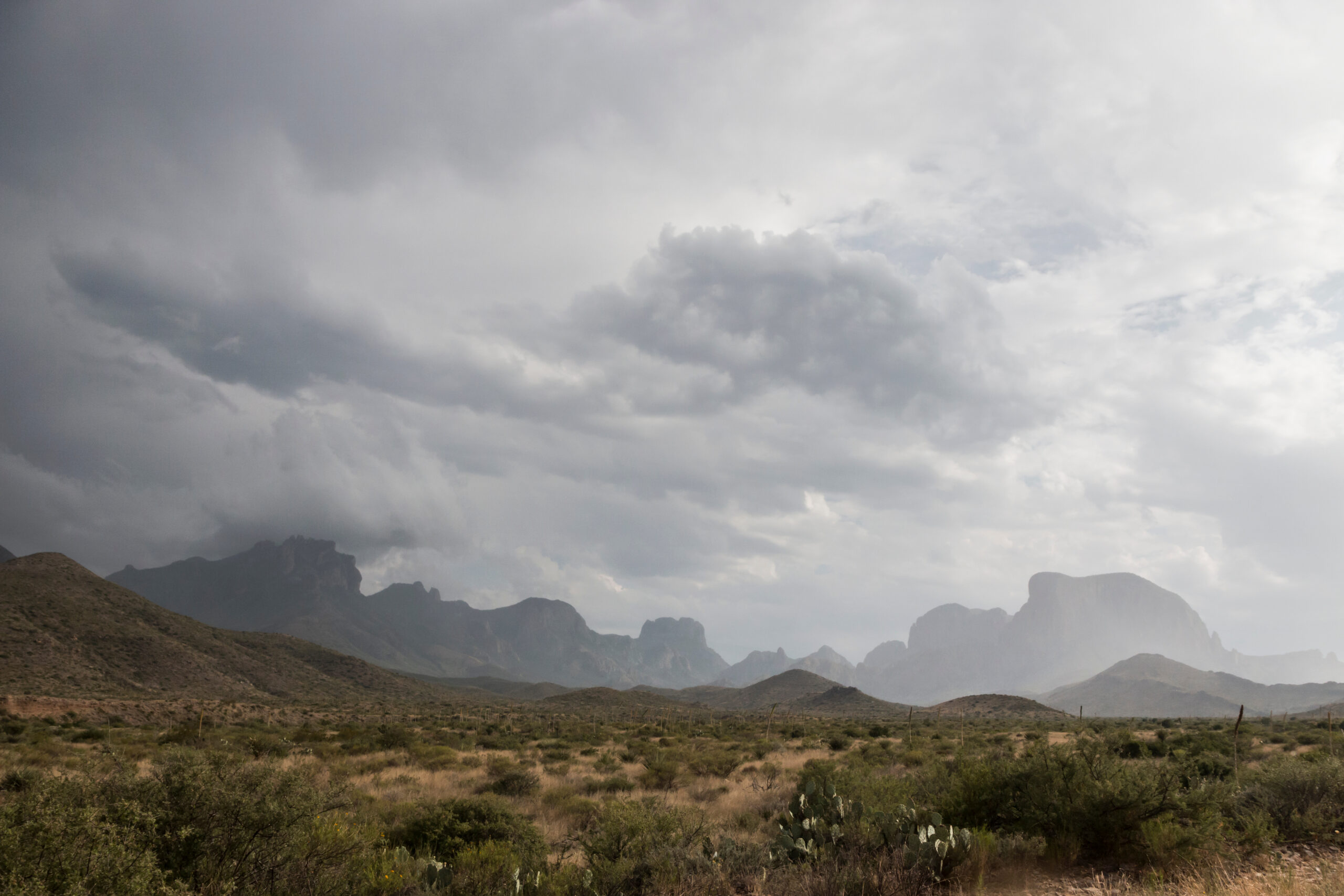
In a New West Texas Novel, Women Kick Ass and Take Names
Set in the 1970s Odessa oil boom, Elizabeth Wetmore’s debut novel, Valentine, is a revelation not for what it explores but for how.
Above: "Valentine," by Elizabeth Wetmore. HarperCollins, $26.99; 300 pages.
Even though Friday Night Lights has been off the air for years, I’m still needled by one particular scene in an otherwise enjoyable show. In it, ice cream sprinkles are referred to as “jimmies”—an abomination that no Texan would ever use.
Texas has always been a subject of fascination—not a year goes by when somebody (usually not from here) manages to make a splash with a book or film or show depicting some version of its masculine mystique. So Elizabeth Wetmore’s debut novel, Valentine, is a revelation not for what it explores but how. Set in the 1970s Odessa oil boom, the book carefully builds complex authenticity throughout: kids drinking Sonic limeades at the end of the Drag, folks listening to Joe Ely and the Flatlanders on the radio. No “jimmies” on the ice cream here.
This novel is made for the #MeToo era. Told from the point of view of the women who usually take a back seat in historical Texas fiction, Valentine gives us what we didn’t know we were missing. Female anger, check. Female vengeance, check. An all-female car chase? Hell yes! There is a narratively important gun named Old Lady, and that is really all you need to know. In this novel, violence is not solely the purview of the men.
Valentine opens in the aftermath of the horrific rape of a 14-year-old girl named Gloria, and the plot is driven by the question of whether or not the rapist will be convicted at trial. But this is merely scaffolding for the more complex and interesting story of how the women of Odessa (and their mothers and grandmothers) have survived in an inhospitable land.
At its heart, the novel is an exploration of female bonds: how mothers both protect and scar their daughters, how friends and neighbors support and betray each other, and how traumas are passed down and occasionally overcome. Mary Rose teaches her daughter to become a crack shot with a .22 in the backyard. Suzanne makes lists and bakes cookies to keep life’s uncertainty at bay. A young girl, Debra Ann, circles her bike through the neighborhood courting danger. Corinne, a retired English teacher, drinks and drinks and drinks. All of them will be changed by Gloria’s rape and its aftermath.
It will come as no surprise that many people in the town blame the woman—a girl, in this case—for getting into the rapist’s truck. It will come as no surprise that being Latina makes things worse for her. (Though it pushes the limits of believability for me that so many church ladies line up to vocally support a nobody oilfield worker from out of town over a young girl from their own community.)
The racism and sexism depicted in the novel are real, and there’s a feeling of satisfaction to see Valentine hold up a mirror to the prejudice that existed and exists in that part of the world (and so many others). That said, the novel’s moral stakes draw a stark line between good and evil. The reader is never asked to do any tough work, to look at herself or think about his own complicity. The evil is so pure and clear it’s easy to believe you could never be like one of those backwater bigots.
Mary Rose (the only character written in first person) has the biggest internal arc—at one point, she tells us she wants to become a “person of valor”—but even she comes to the side of good through the tired refrain of “it could have been my daughter.” The racial implications, the challenge of just respecting personhood for its own sake, float outside of her transformation. And maybe that’s more realistic.
Valentine gives us what we didn’t know we were missing: Female anger, check. Female vengeance, check. An all-female car chase? Hell yes!
Gloria has her own voice in the novel, and her sections are lovingly and sensitively written. She’s allowed an amount of privacy, even from the reader, that feels absolutely fair. But she is never given full insider status in the narrative, maybe a function of the setting itself or a comment on her own marginalization in this community.
I was born and raised not far from Odessa, so I may be the best and worst reader for this book. There’s a thin line between realism and caricature and, for the most part, the author stays on the right side (though I wish fewer characters insisted on speaking in near-constant folkisms, bless their hearts). I did tire of some of the rehashing of common regional and small-town tropes—the stories of oilfield booms and busts, for example, or the fact that everybody literally knows everybody else in a town that is actually 80,000 people large. These are small gripes, though, not unlike the jimmies.
In her debut, Wetmore is firing on all cylinders. She masterfully juggles the complex chronology of her structure—rich embedded flashbacks, surprising and satisfying flash-forwards. She describes the land with a gorgeous lyricism (“The Llano Estacado might not be good for anything except stars and space and quiet, the winter songbirds and the sharp smell of post cedars…”) and uses the concrete, physical world to develop her fascinating characters’ emotional lives. It’s not hard to see the petroleum business’ rape of the land as a metaphor for so much else here.
The narrators’ stories expand to reveal deeper layers of myth—the woman who served lunch to the ranch hands before hanging herself from the porch, the one who diverted the Pecos River to create a magical garden. By the end of Valentine, the collective voice of West Texas women rises to a thrilling crescendo, and it is a true wonder to behold. Go out and buy this book. Make it the success it deserves to be.
Read more from the Observer:
-
10 Ways to Help Your Fellow Texans Endure the Coronavirus Pandemic: Give to your local food bank, donate blood, or support an emergency housing fund.
-
U.S. Supreme Court Sides with Trump Administration on ‘Remain in Mexico’: Following weeks of back-and-forth in the courts, SCOTUS has reversed the decision of an appeals court and allowed Remain in Mexico to continue.
-
How Christian Nationalism Moved from the Fringe to the White House: Katherine Stewart’s The Power Worshippers exposes the Christian right’s attempts to revise history and create an American theocracy.


